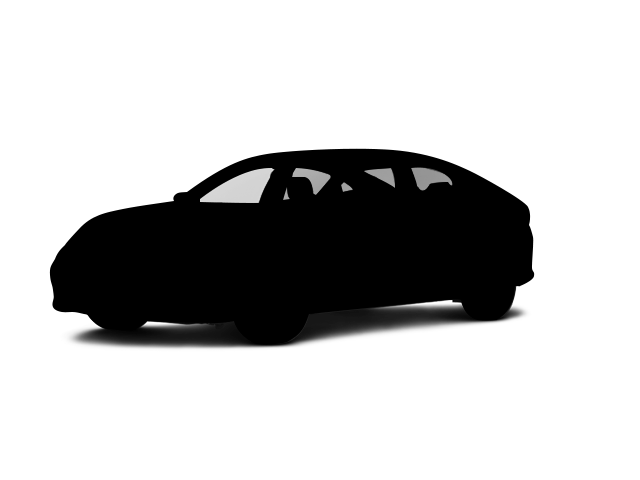The X5’s pre-crash front seatbelts will tighten automatically in the event the vehicle detects an impending crash, improving protection against injury significantly. The CX-5 doesn’t offer pre-crash pretensioners.
The BMW X5 has standard driver and front passenger side knee airbags mounted low on the dashboard. These airbags help prevent the driver and front passenger from sliding under their seatbelts or the main frontal airbags; this keeps them better positioned during a collision for maximum protection. Knee airbags also help keep the legs from striking the dashboard, preventing knee and leg injuries in the case of a serious frontal collision. The CX-5 doesn’t offer knee airbags.
In a Vehicle-to-Vehicle Frontal Crash Prevention 2.0 test conducted by the Insurance Institute for Highway Safety (IIHS), the BMW X5 achieved a “Good” rating - the highest possible - in forward collision warning and automatic braking systems, outperforming the Mazda CX-5 which scored “Poor” - the lowest rating - in these critical safety features.
The X5 has a standard PostCrash iBrake, which automatically applies the brakes in the event of a crash to help prevent secondary collisions and prevent further injuries. The CX-5 doesn’t offer a post collision braking system: in the event of a collision that triggers the airbags, more collisions are possible without the protection of airbags that may have already deployed.
When descending a steep, off-road slope, the X5’s standard Hill Descent Control allows you to creep down safely. The CX-5 doesn’t offer Hill Descent Control.
Both the X5 and CX-5 have rear cross-traffic warning, but the X5 has Cross Traffic Warning with Braking (automatically applies the brakes) to better prevent a collision when backing near traffic. The CX-5’s Rear Cross Traffic Alert doesn’t automatically brake.
Compared to metal, the X5’s plastic fuel tank can withstand harder, more intrusive impacts without leaking; this decreases the possibility of fire. The Mazda CX-5 has a metal gas tank.
Both the X5 and the CX-5 have standard driver and passenger frontal airbags, front side-impact airbags, side-impact head airbags, front seatbelt pretensioners, four-wheel antilock brakes, traction control, electronic stability systems to prevent skidding, crash mitigating brakes, daytime running lights, lane departure warning systems, blind spot warning systems, rearview cameras, rear cross-path warning, available all wheel drive and around view monitors.
The BMW X5 weighs 1048 to 1894 pounds more than the Mazda CX-5. The NHTSA advises that heavier vehicles are much safer in collisions than their significantly lighter counterparts.
The National Highway Traffic Safety Administration does side impact tests on new vehicles. In this test, which crashes the vehicle into a flat barrier at 38.5 MPH and into a post at 20 MPH, results indicate that the BMW X5 is safer than the Mazda CX-5:
|
|
X5 |
CX-5 |
|
|
Front Seat |
|
| STARS |
5 Stars |
5 Stars |
| HIC |
72 |
81 |
|
|
Rear Seat |
|
| STARS |
5 Stars |
5 Stars |
| HIC |
48 |
208 |
| Spine Acceleration |
30 G’s |
65 G’s |
|
|
Into Pole |
|
| STARS |
5 Stars |
5 Stars |
| HIC |
308 |
449 |
New test not comparable to pre-2011 test results. More stars = Better. Lower test results = Better.
The BMW X5 has achieved the Insurance Institute for Highway Safety’s (IIHS) highest rating of “Top Safety Pick Plus” for the 2025 model year. This distinction is based on its exceptional performance in IIHS’ rigorous battery of safety tests. Specifically, it earned a “Good” rating in the latest, more stringent moderate overlap front crash test, a “Good” result in the updated side impact test, and a “Good” score in the revised pedestrian crash prevention test. The CX-5 has not yet been fully evaluated by the IIHS for 2025.

